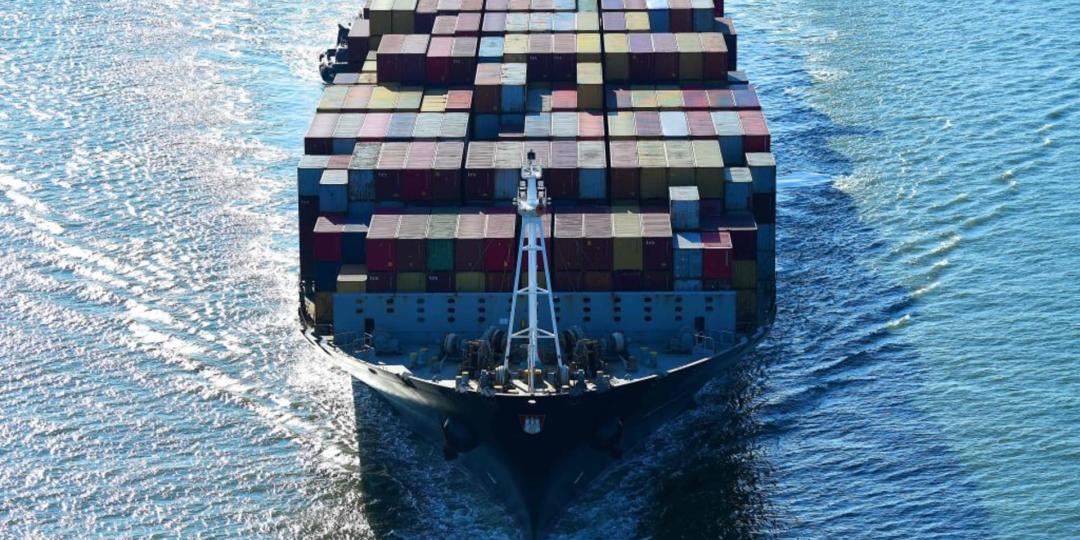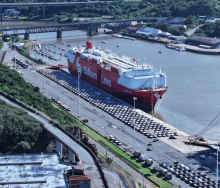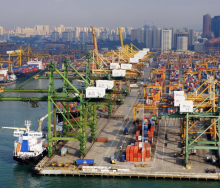The tide is turning for the ocean freight industry as analysts continue to predict a cooling of freight rates after two years of rising rates and overstretched capacity.
“The ocean freight market looks set for an "extremely challenging" 2023,” says rates benchmarking platform Xeneta.
“Dark clouds are ahead for the global economy as falling demand is going to affect business for shippers and carriers. The cost-of-living crisis will decide the destiny of changing consumer demand over time.”
Xeneta believes 2023 will be defined by declining demand, volumes and freight rates.
“With more and more services coming back after the pandemic (travel, hospitality, entertainment, dining out etc), the spend on goods should return to pre-Covid levels, falling from the elevated share during the Covid years.”
For volumes to remain unchanged from 2022, says the analyst, a fast normalisation of energy prices, a swift decline in European inflation, and a China without a zero-Covid policy must occur. “At their very best, transported volumes will be on par with the 2022 level, with most being to the downside. Volumes for 2023 could fall by up to 2.5% points. Some expect that we can see even larger volume drops than that.
“Shippers will see their volumes reduced and will have less leverage to negotiate with carriers. However, this will overlap with carriers becoming desperate for any volume. In between, freight forwarders may find a sweet spot, catering to the SMEs while playing the short market against the carriers.
“In addition to the above, geopolitical turmoil and too much stimulation of the economy through the Covid crisis might push us into an extended period of low economic growth.”
As far as the airfreight industry is concerned, Xeneta believes it’s in for a bumpy ride, with ‘general’ cargo falling more than 'special' cargo.
“The historically low schedule reliability numbers of the ocean carriers prompted many shippers to move a higher share of their goods to air.
“However, as port congestion eases, it can be expected that schedule reliability will improve. This will increase confidence levels among shippers and therefore reduce the need for airfreight.”
This is likely to see a modal shift away from air back to the less-costly ocean shipping option.
“The relative cost difference between air and ocean will play a minor role here, but a key factor that pops up more and more in conversations with shippers/BCOs is the focus on reducing their carbon footprint,” says Xeneta.
“This could dampen the growth of the general air cargo market. These developments are insignificant for the ocean market, but the tiniest move from ocean to air can significantly impact the air market.”













